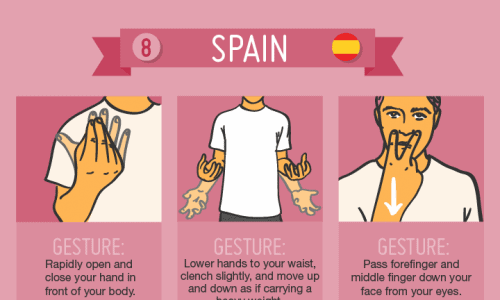
Cyberbullying was first defined in 1998. It is the deliberate posting of harmful messages on electronic devices. Much like schoolyard bullying, cyberbullies intend to intimidate and hurt their victims.
Able to operate anonymously, cyberbullies are often harsher and more intensely abusive than their schoolyard counterparts. Whereas victims could escape the bullying of the past by walking away, there is nowhere to hide on the internet. The messages are open to the world and the online content is permanent.
Social media has taken center stage in many lives over the last few decades. Children use the internet to study and socialize, so it is an important part of their lives. The use of smartphones ensures 24/7 online availability.
Under these circumstances cyberbullying was almost inevitable, but the extent of the problem is astonishing. As this infographic shows, 72% of teenagers admit that they had been a victim of cyberbullying over the last twelve months.
Cyberbullying is a growing threat that creates a real risk of emotional damage amongst young people and the teenagers suffer in silence. Only one in six parents knows what is happening. Children don’t report the problem as they are ashamed or fear their parents’ reaction.
The consequences for the bullied teenager can be dire. Fifteen percent miss school as a result, and 41% of victims report feeling depressed. Some may commit suicide as a result. Parents can protect their children by understanding the problem and keeping communication channels open.





